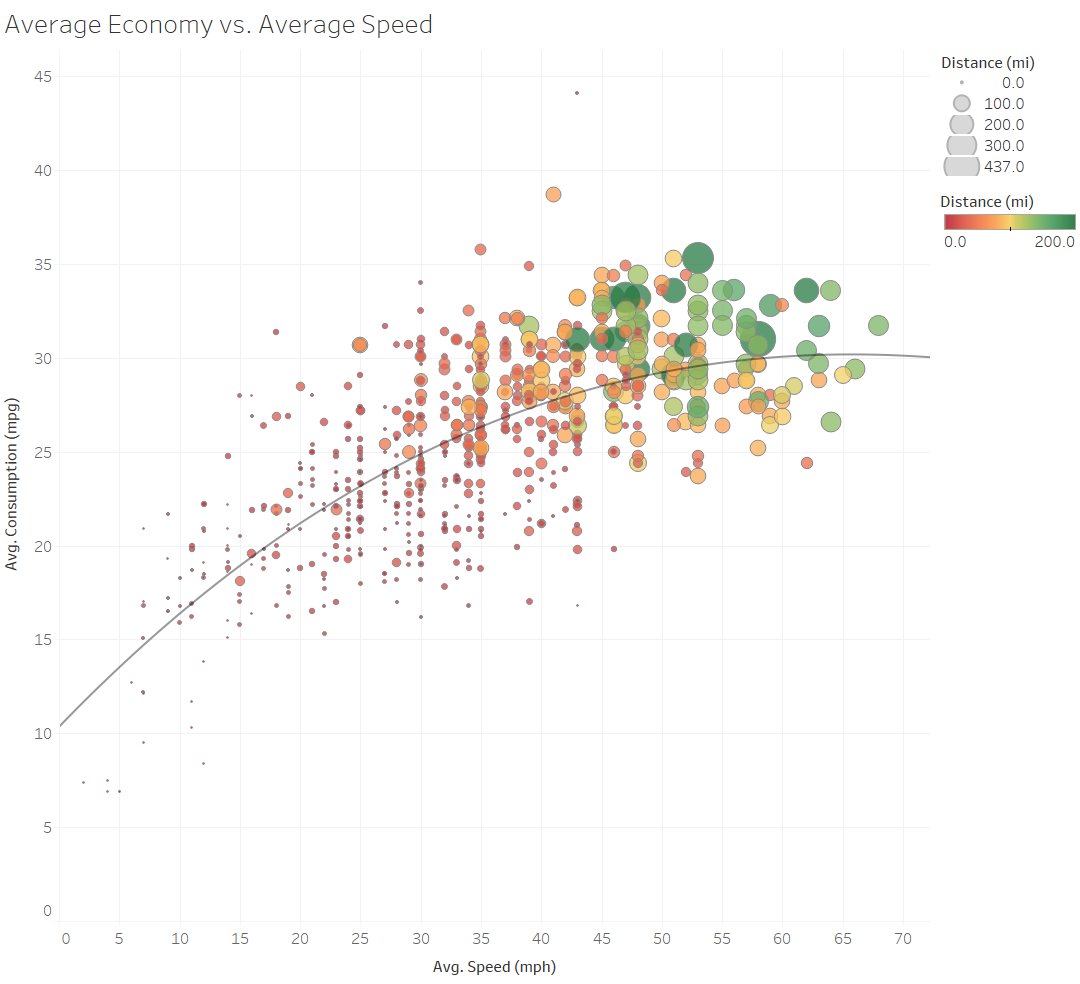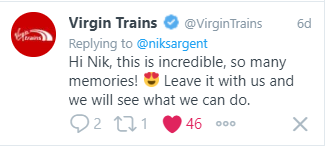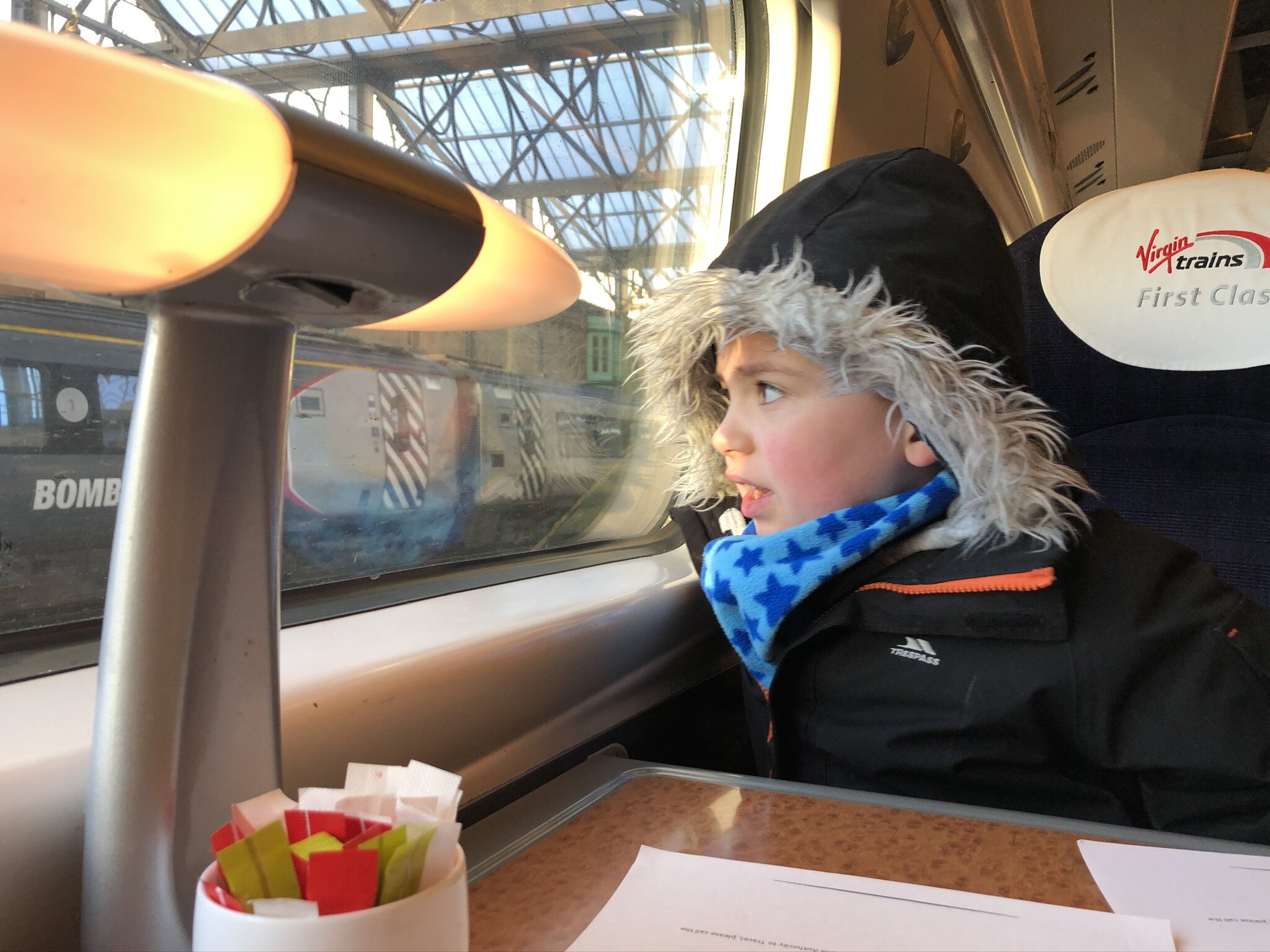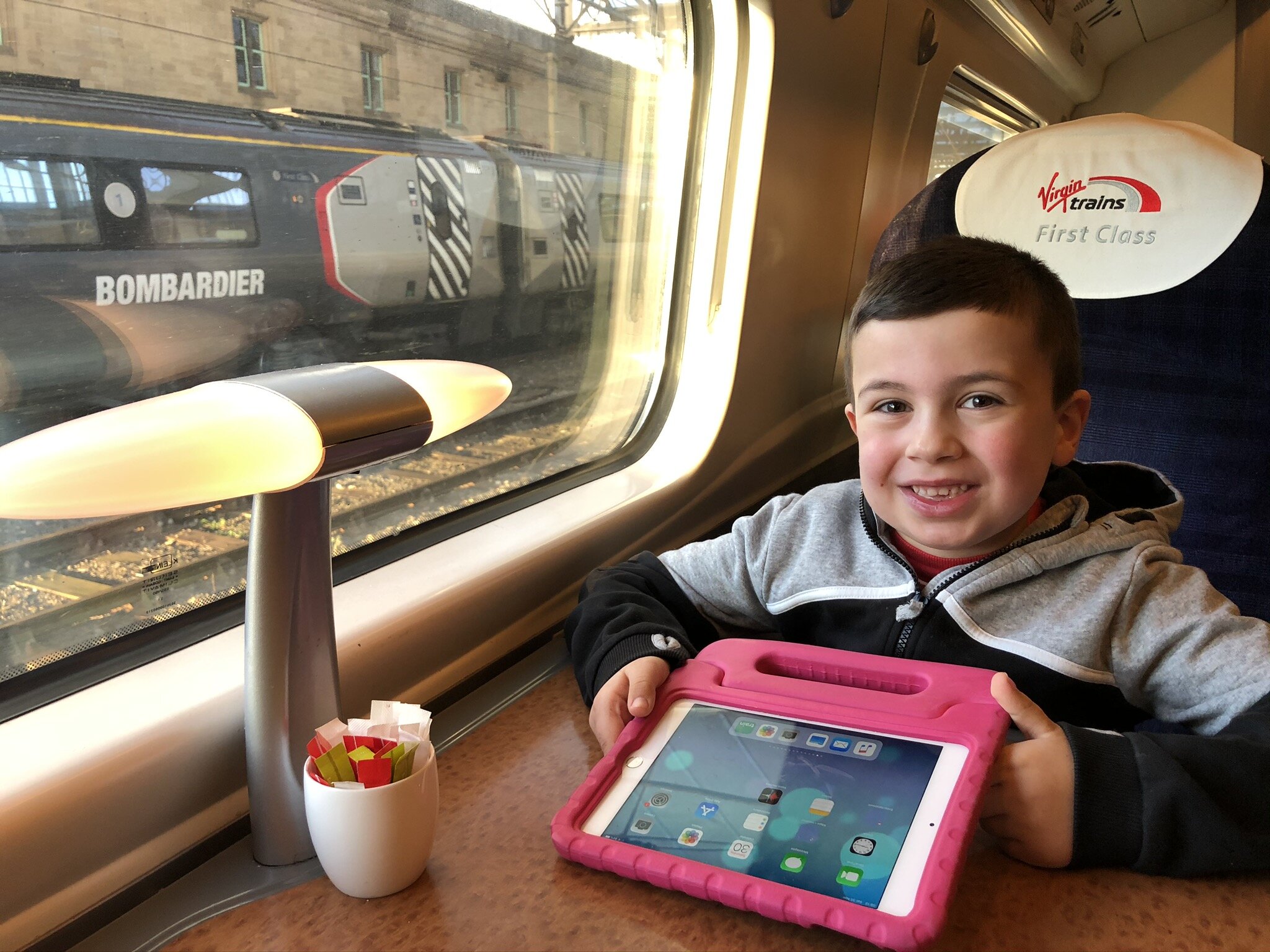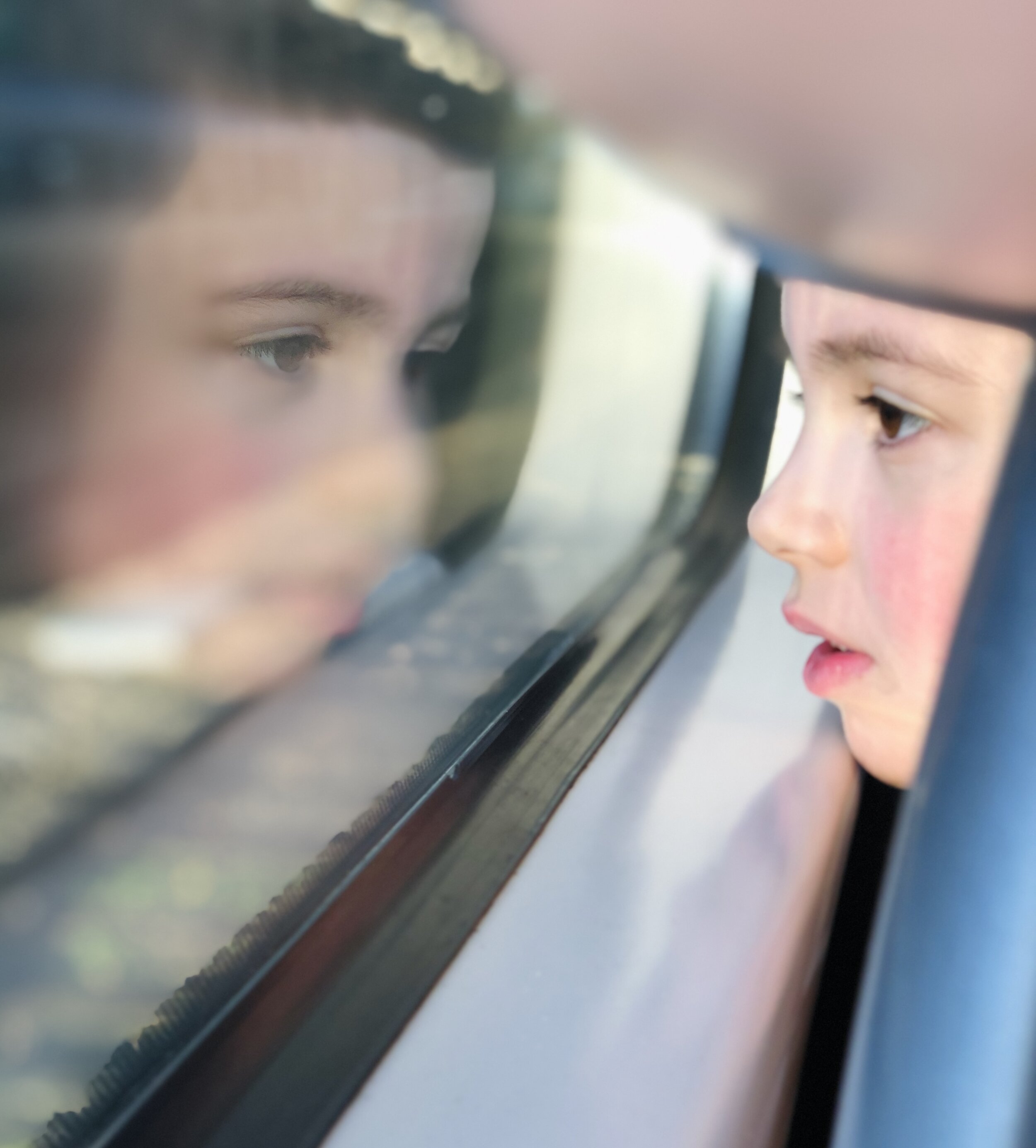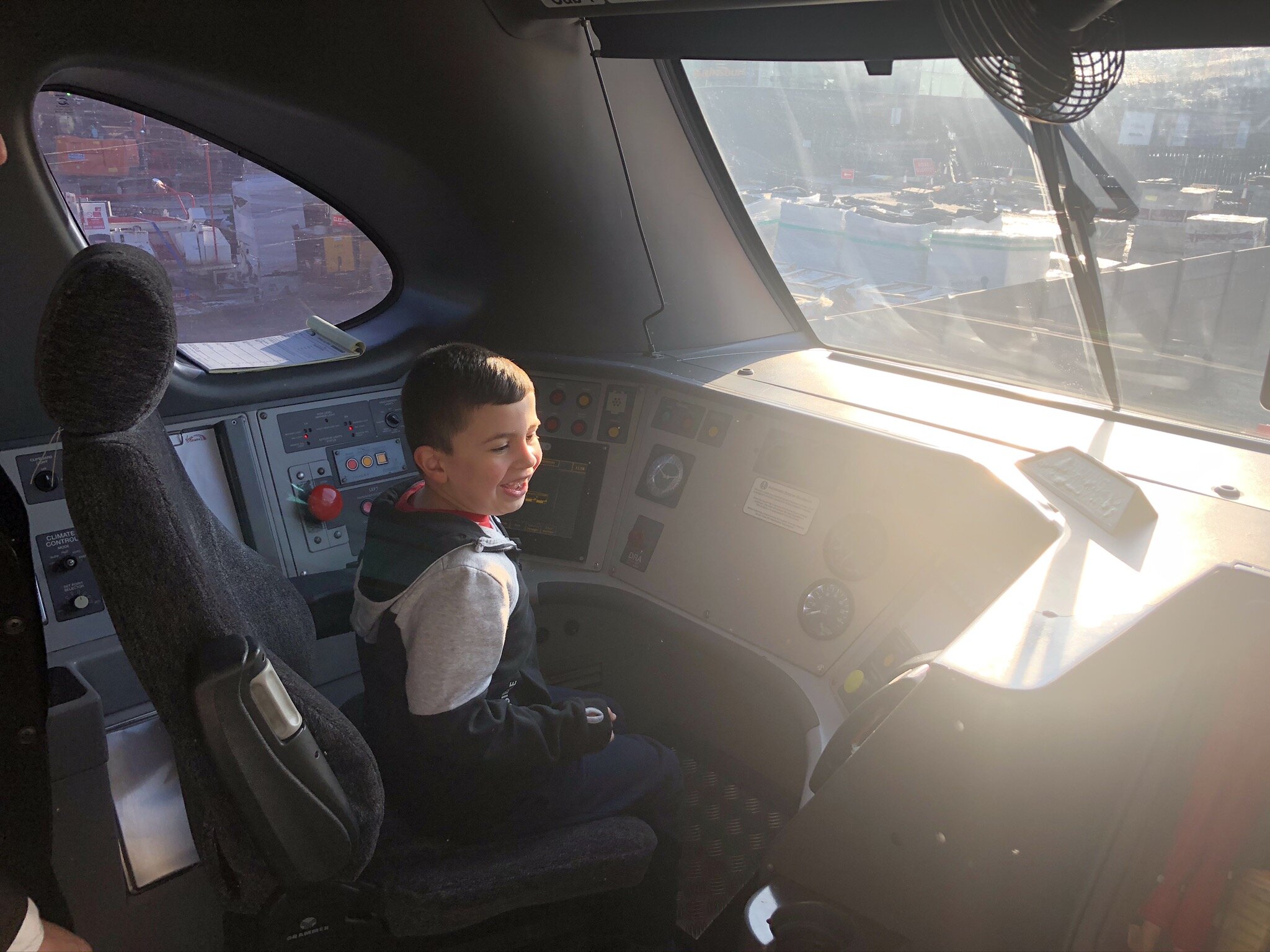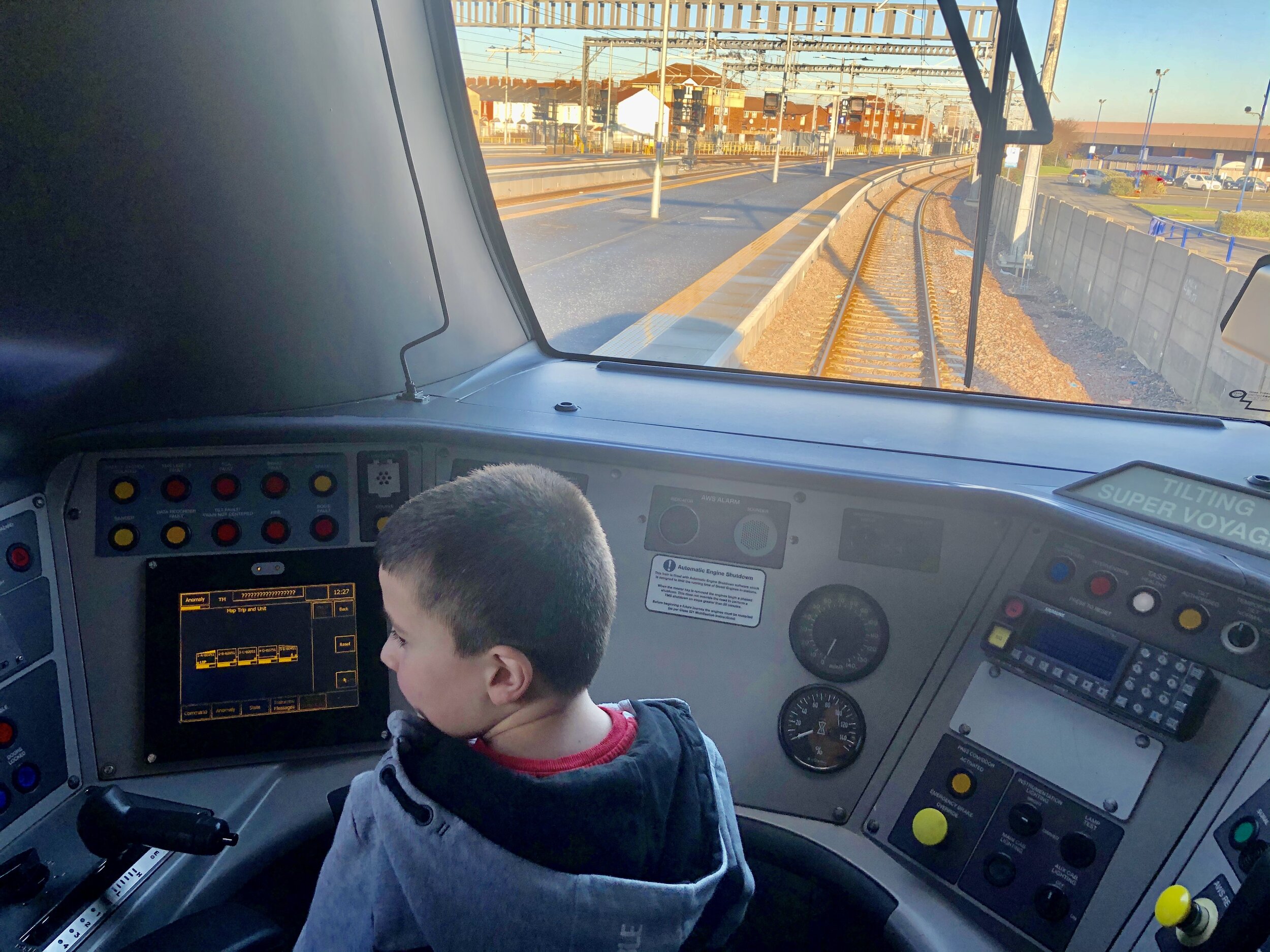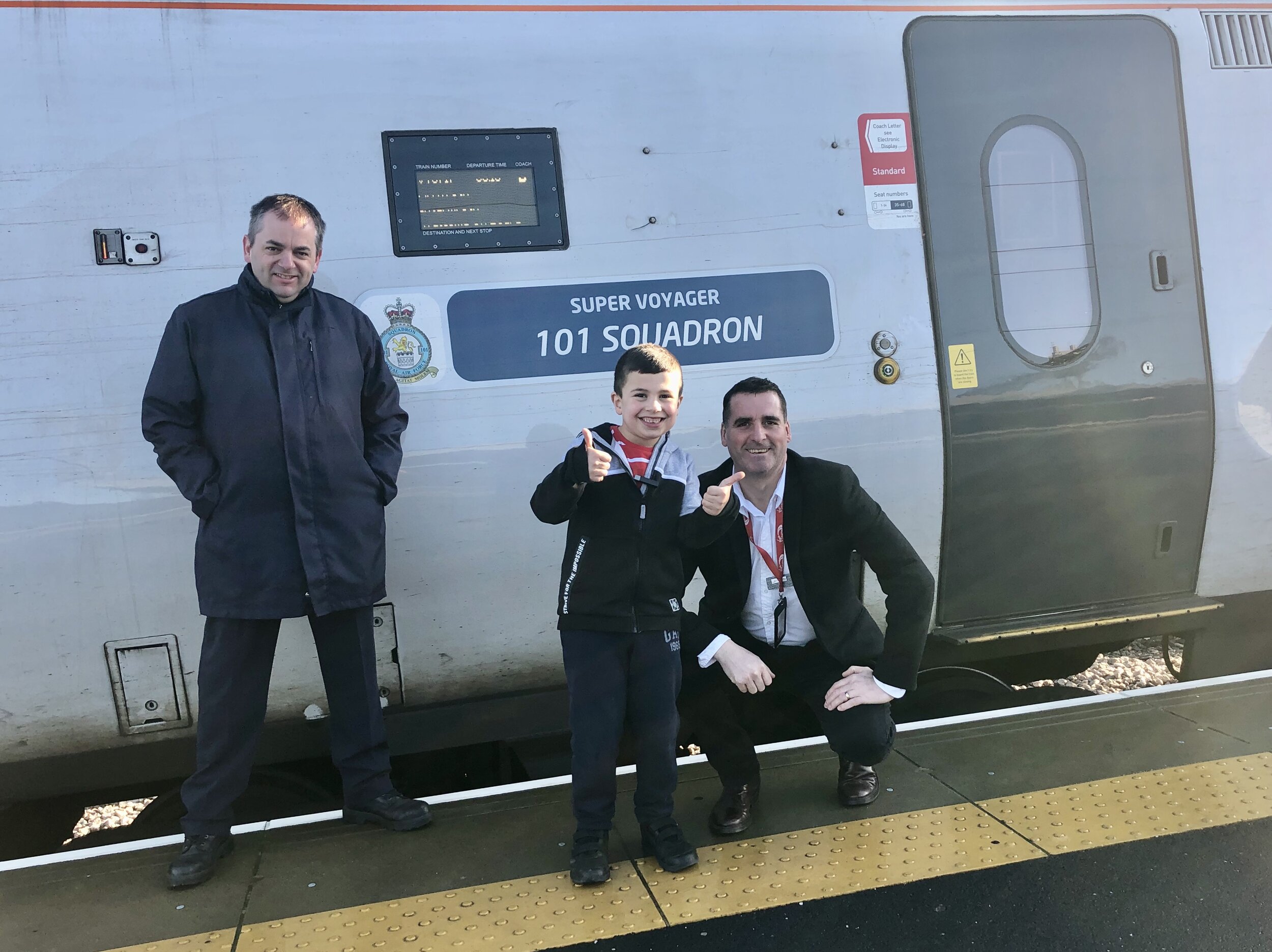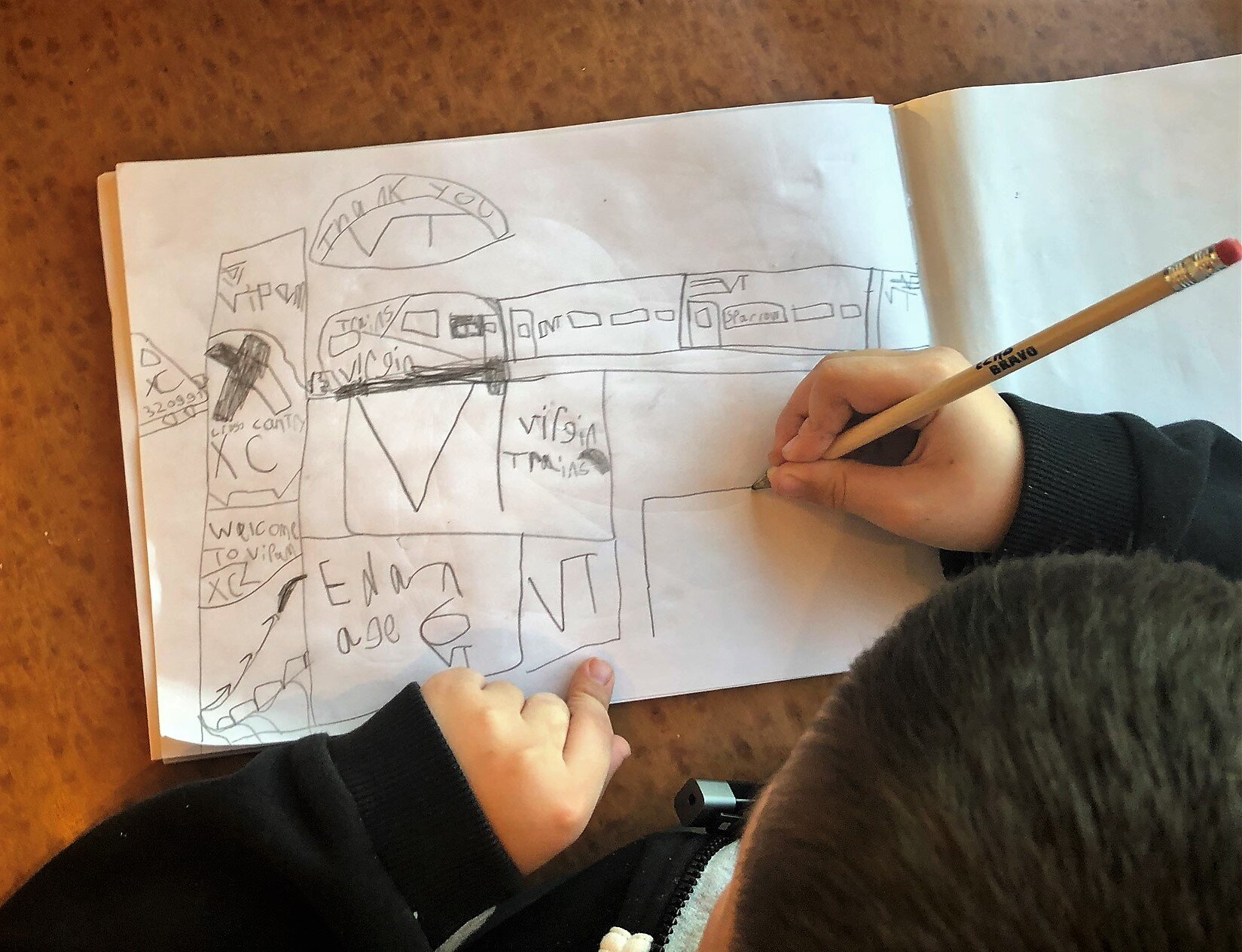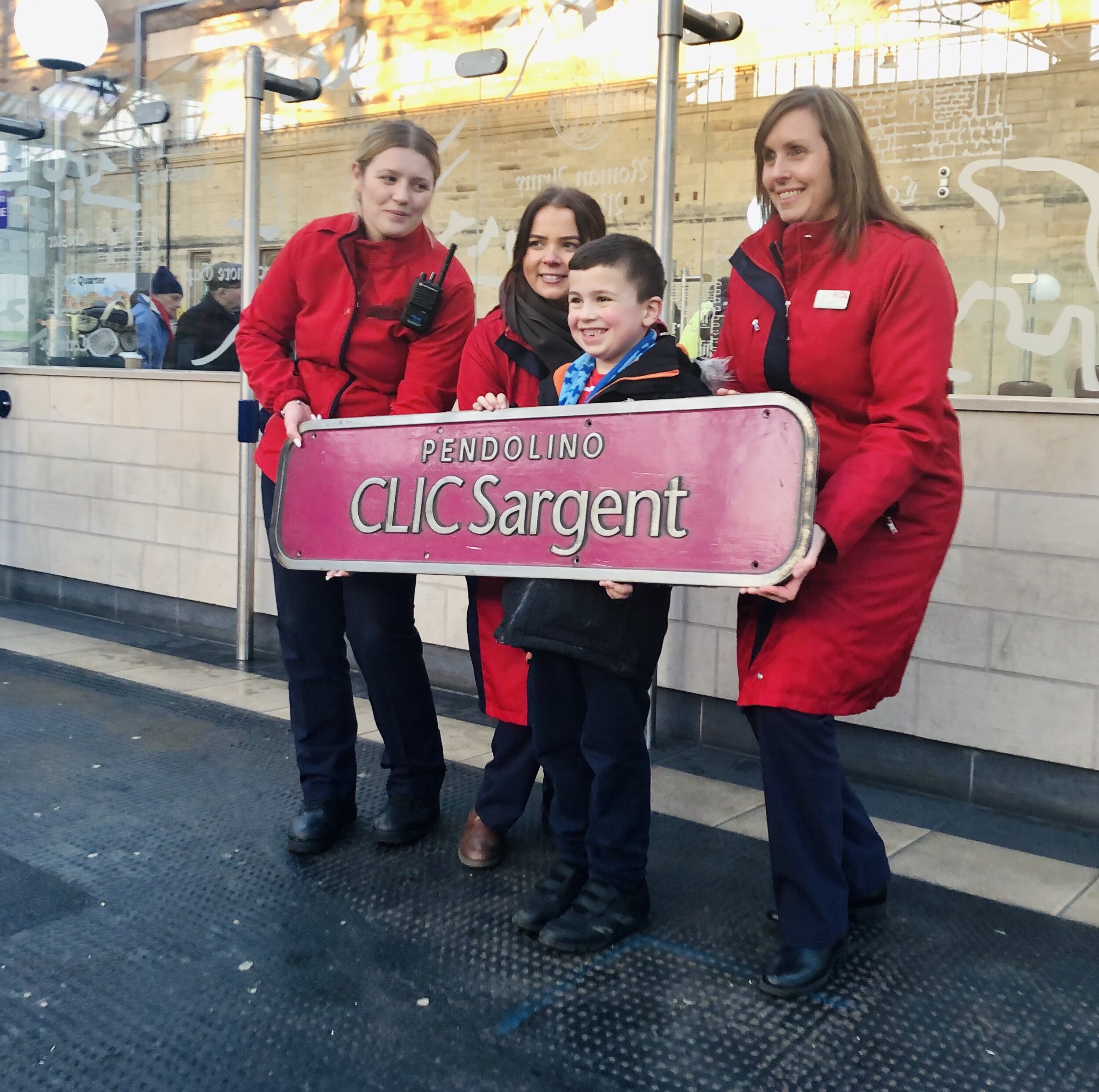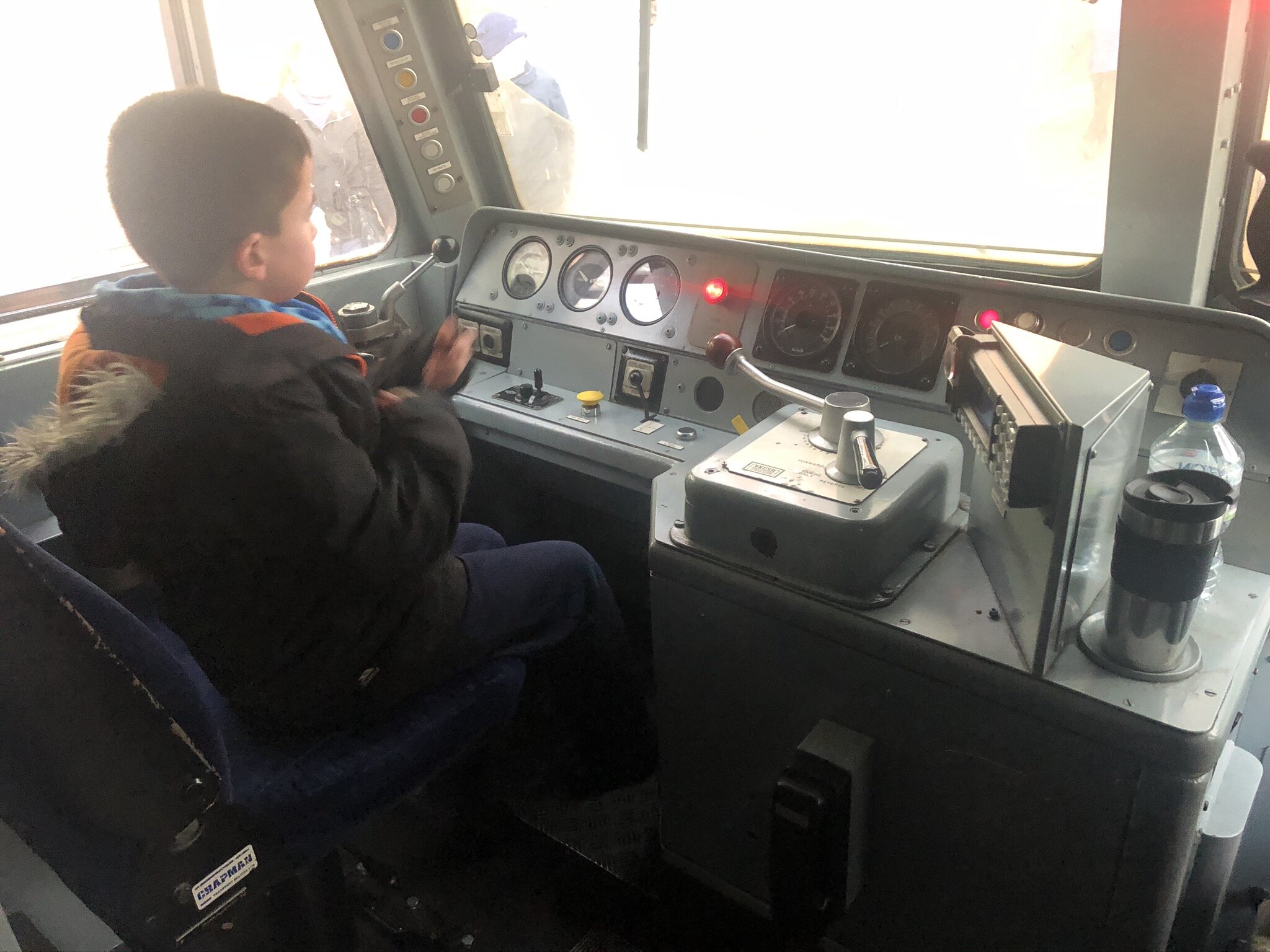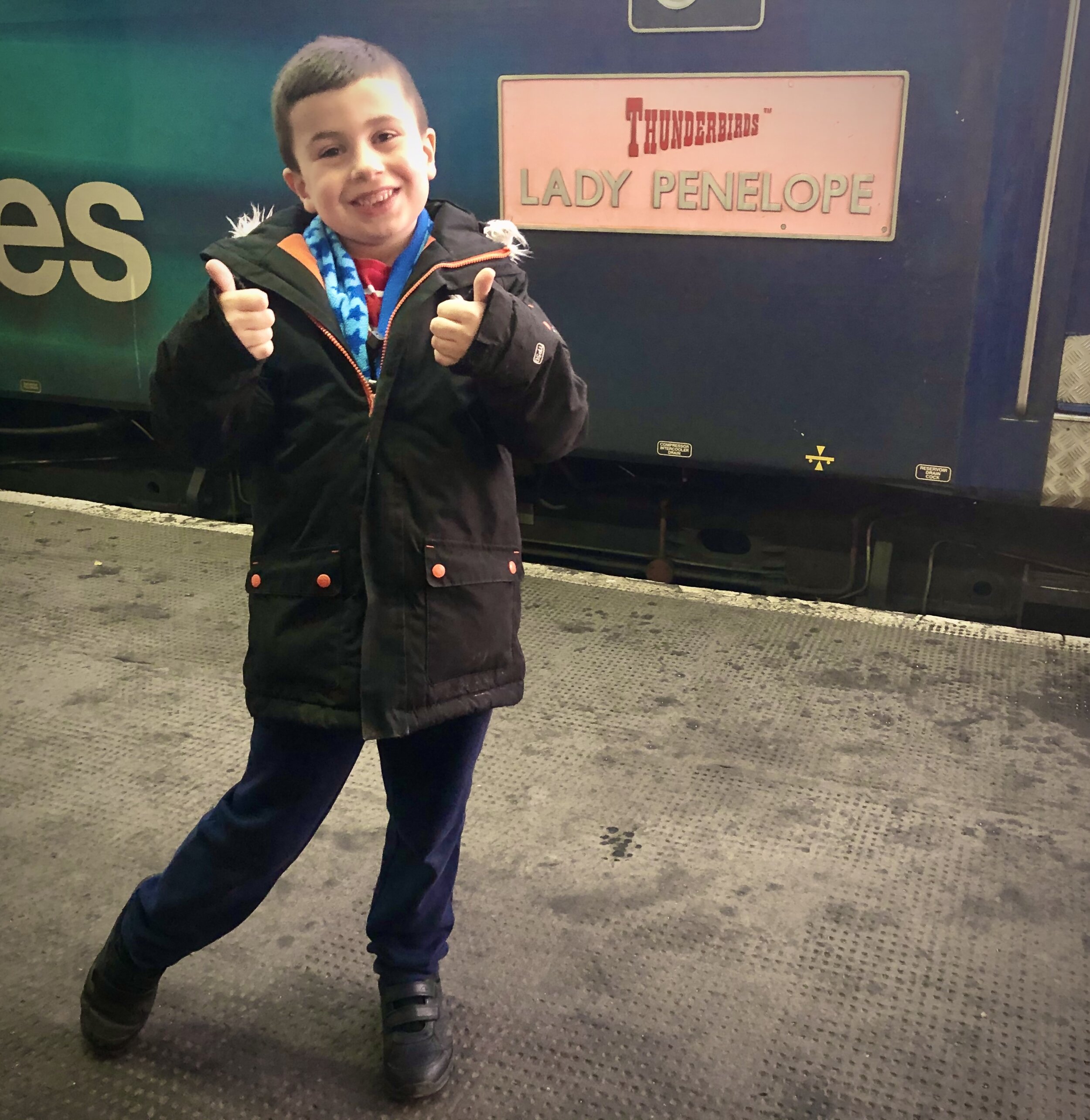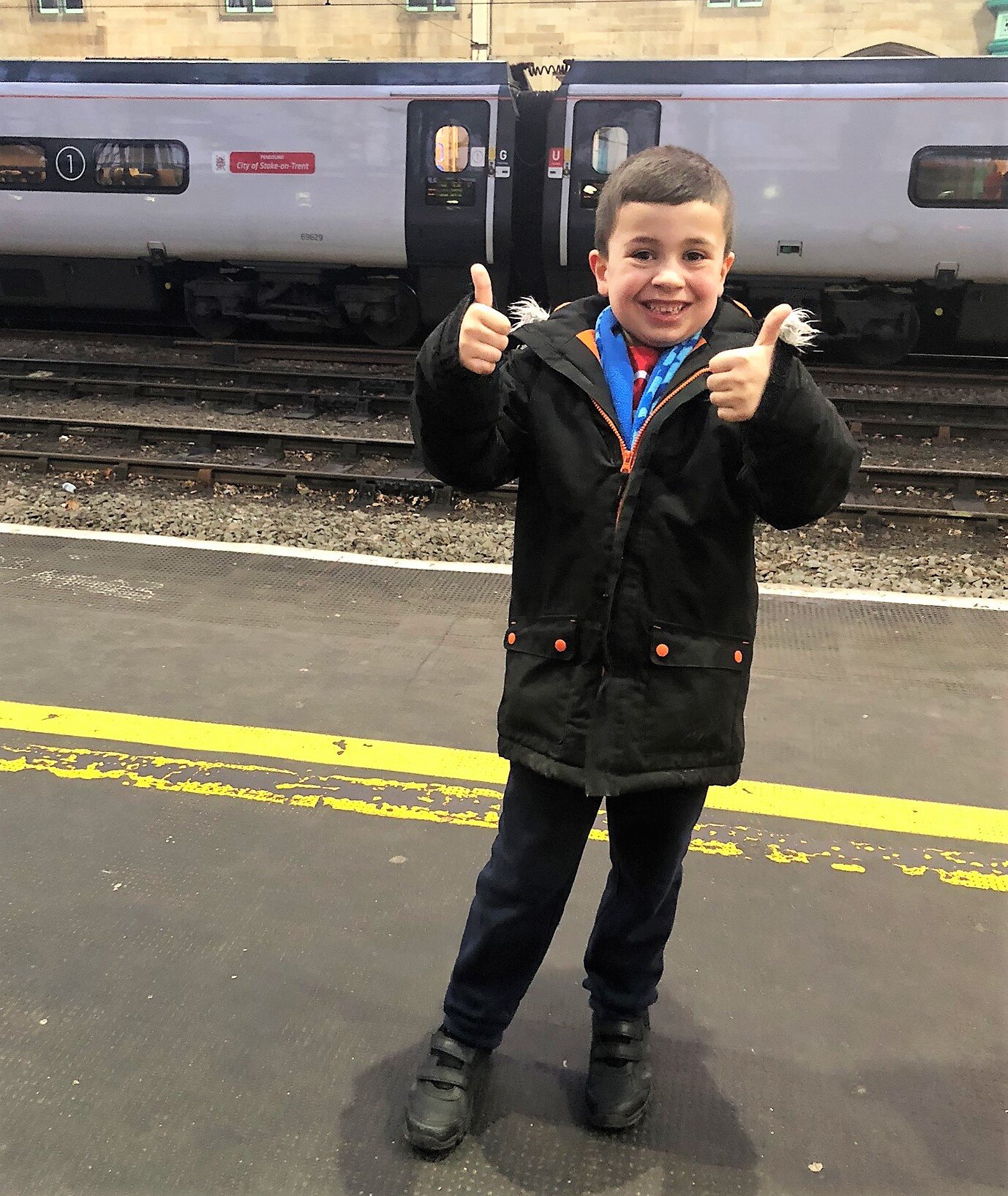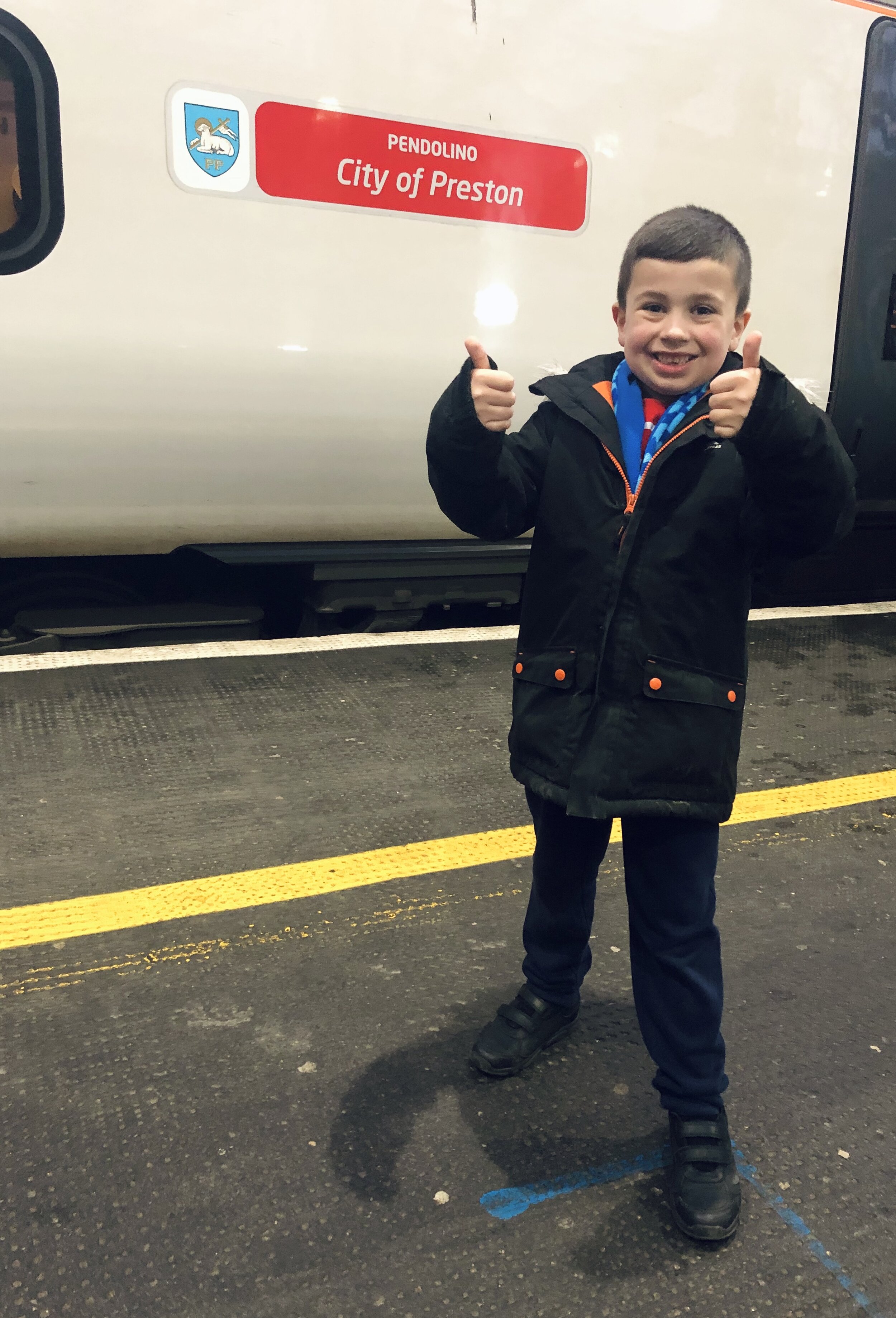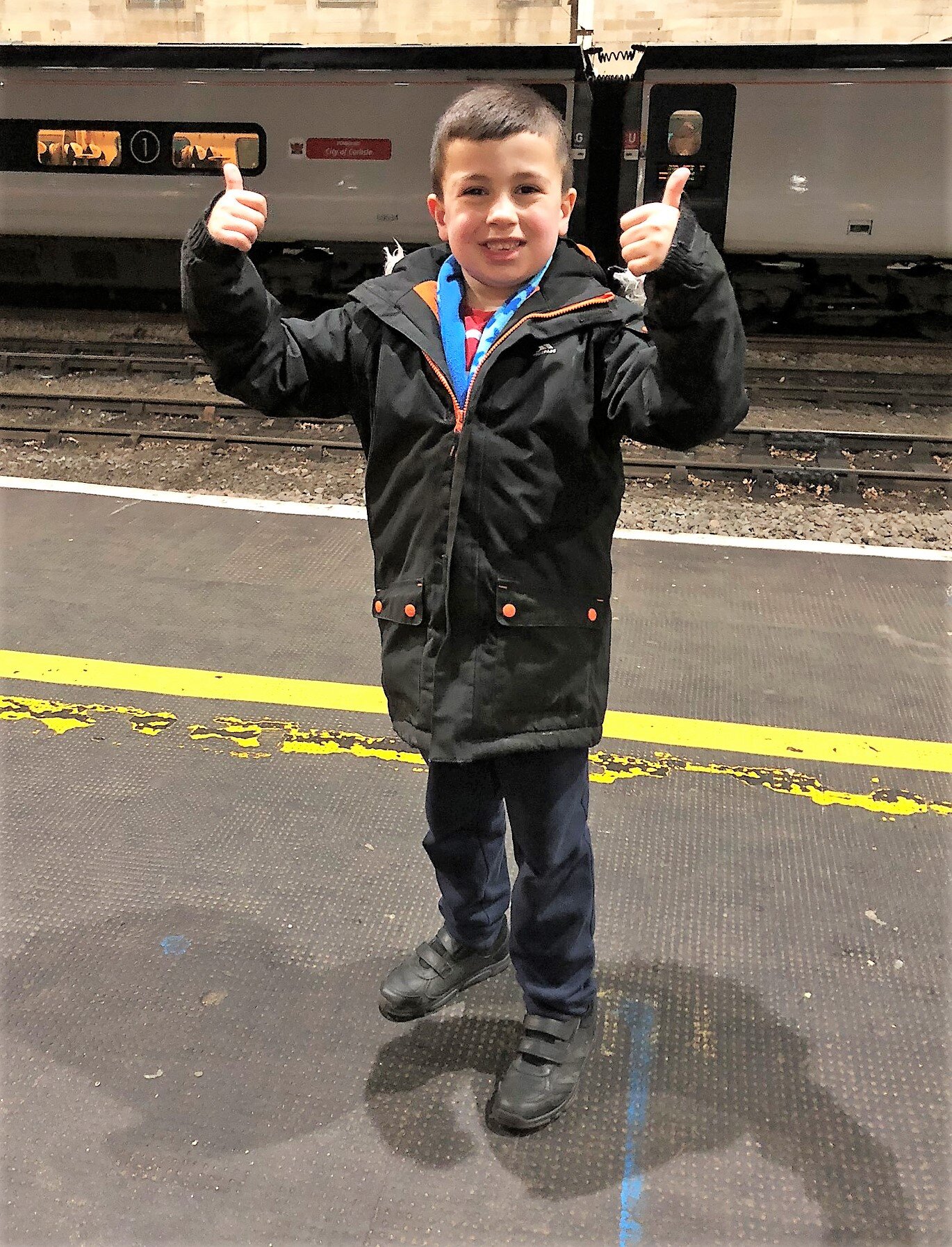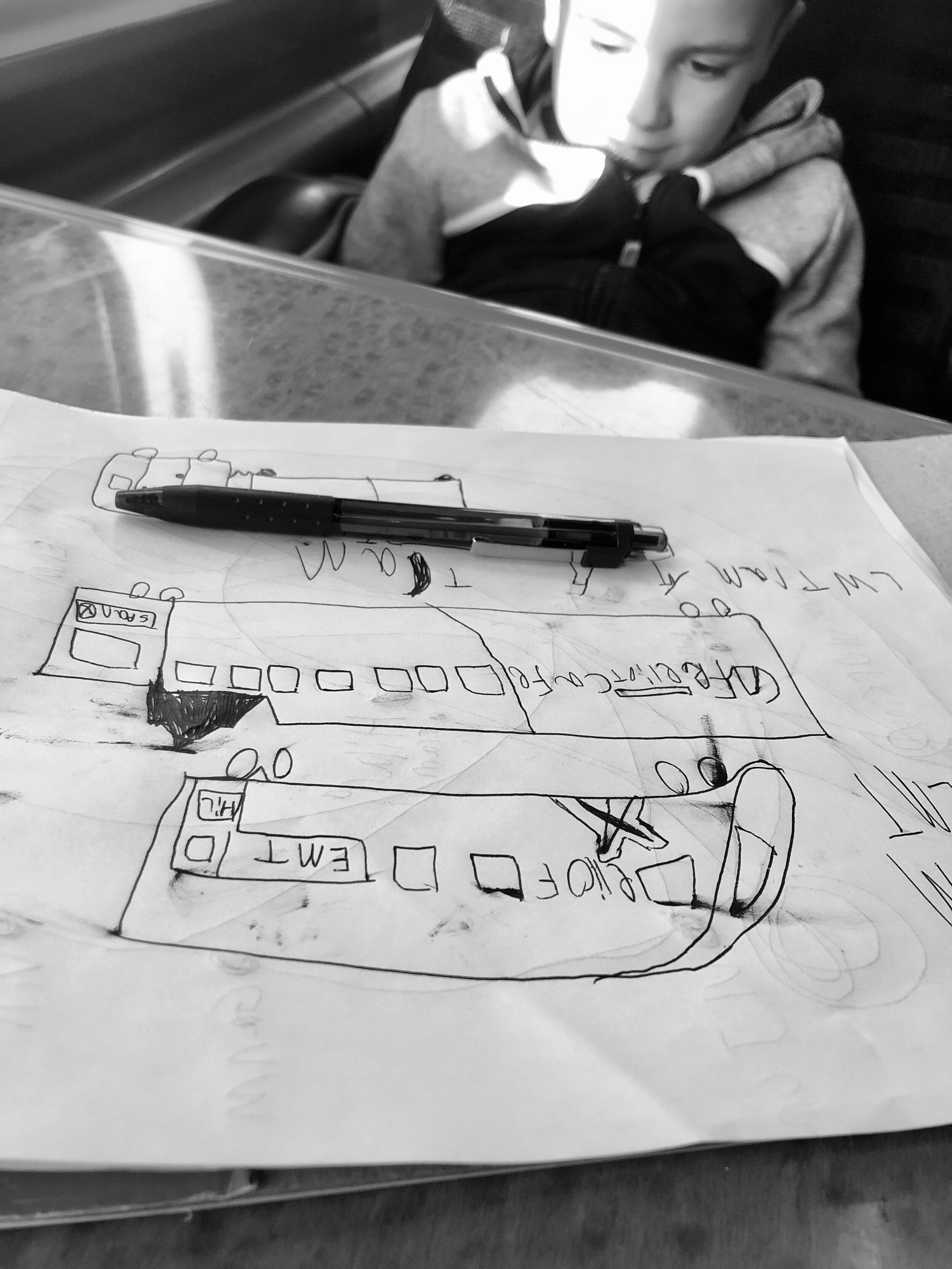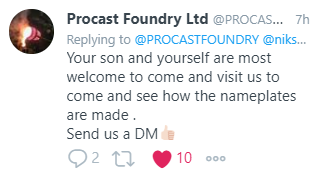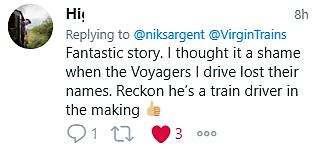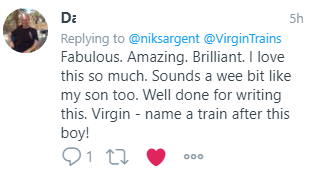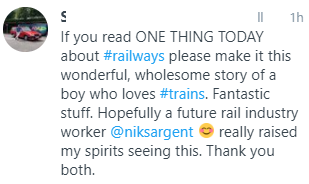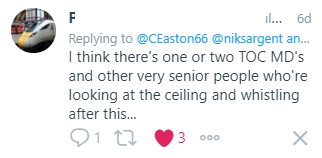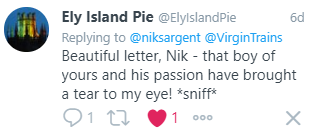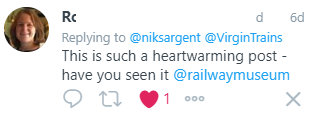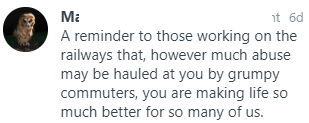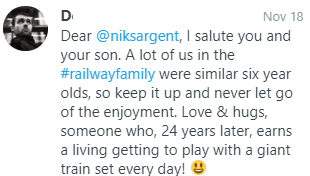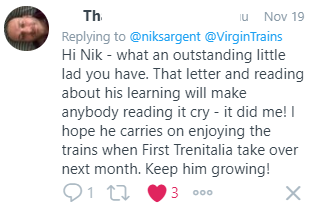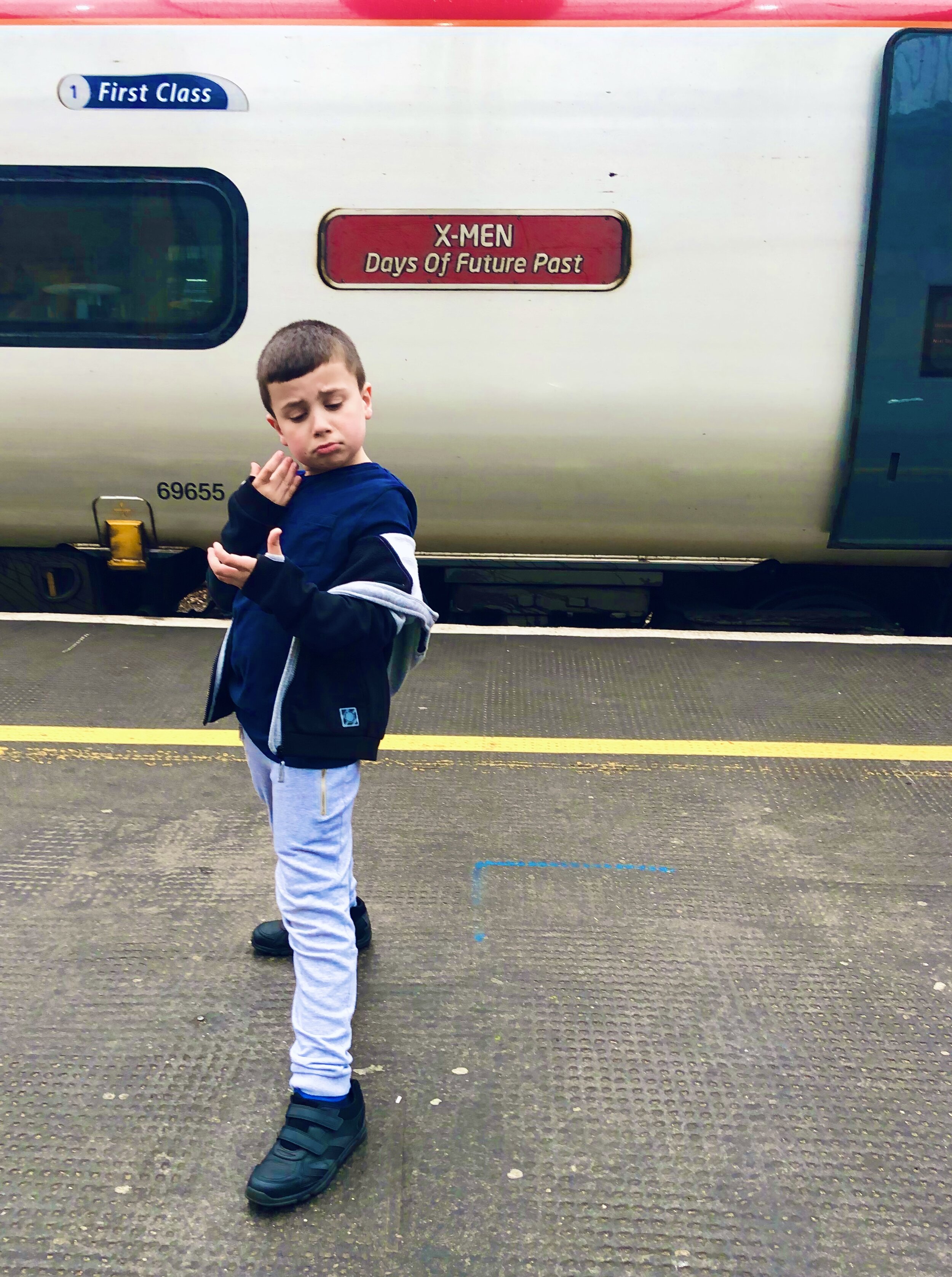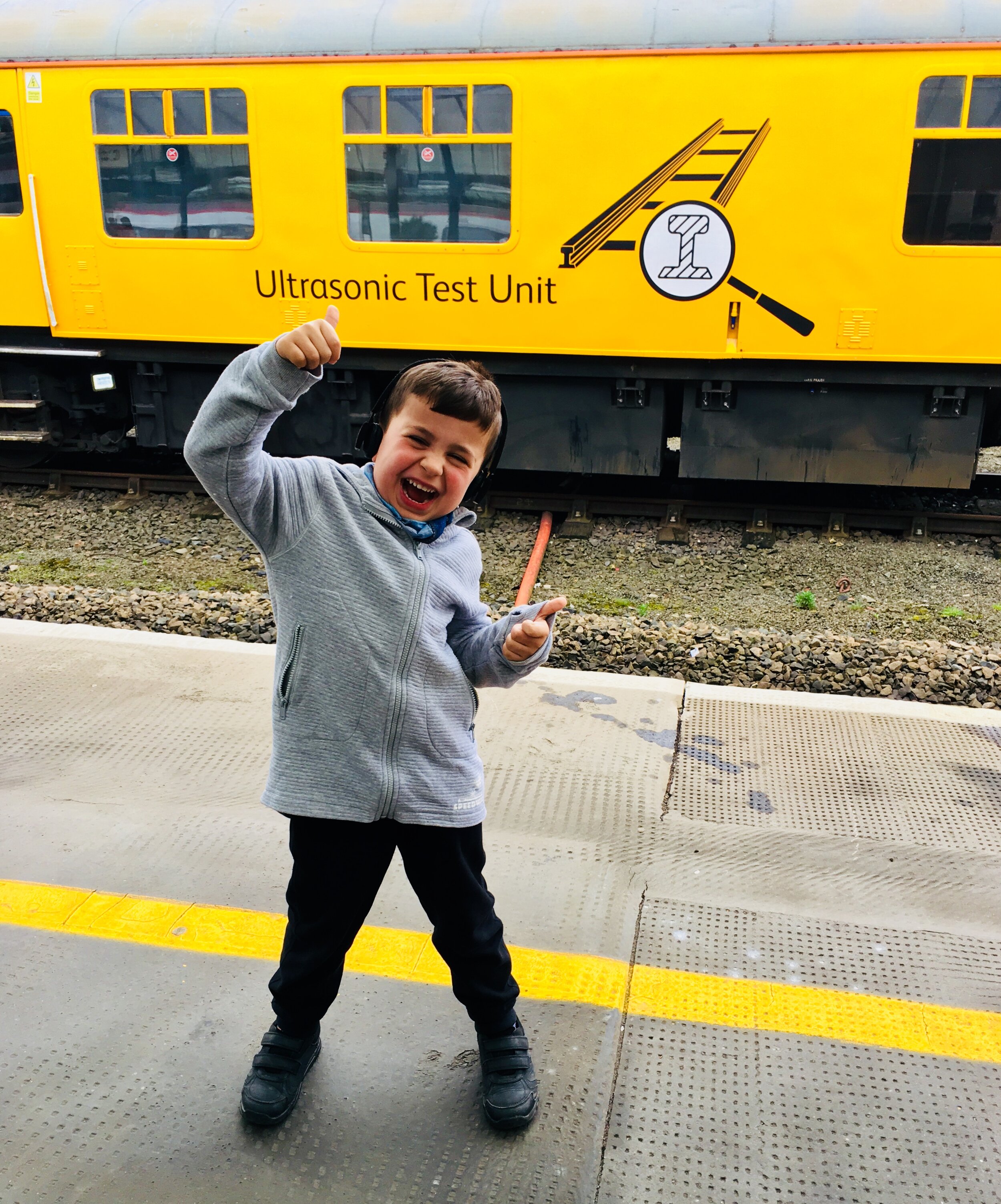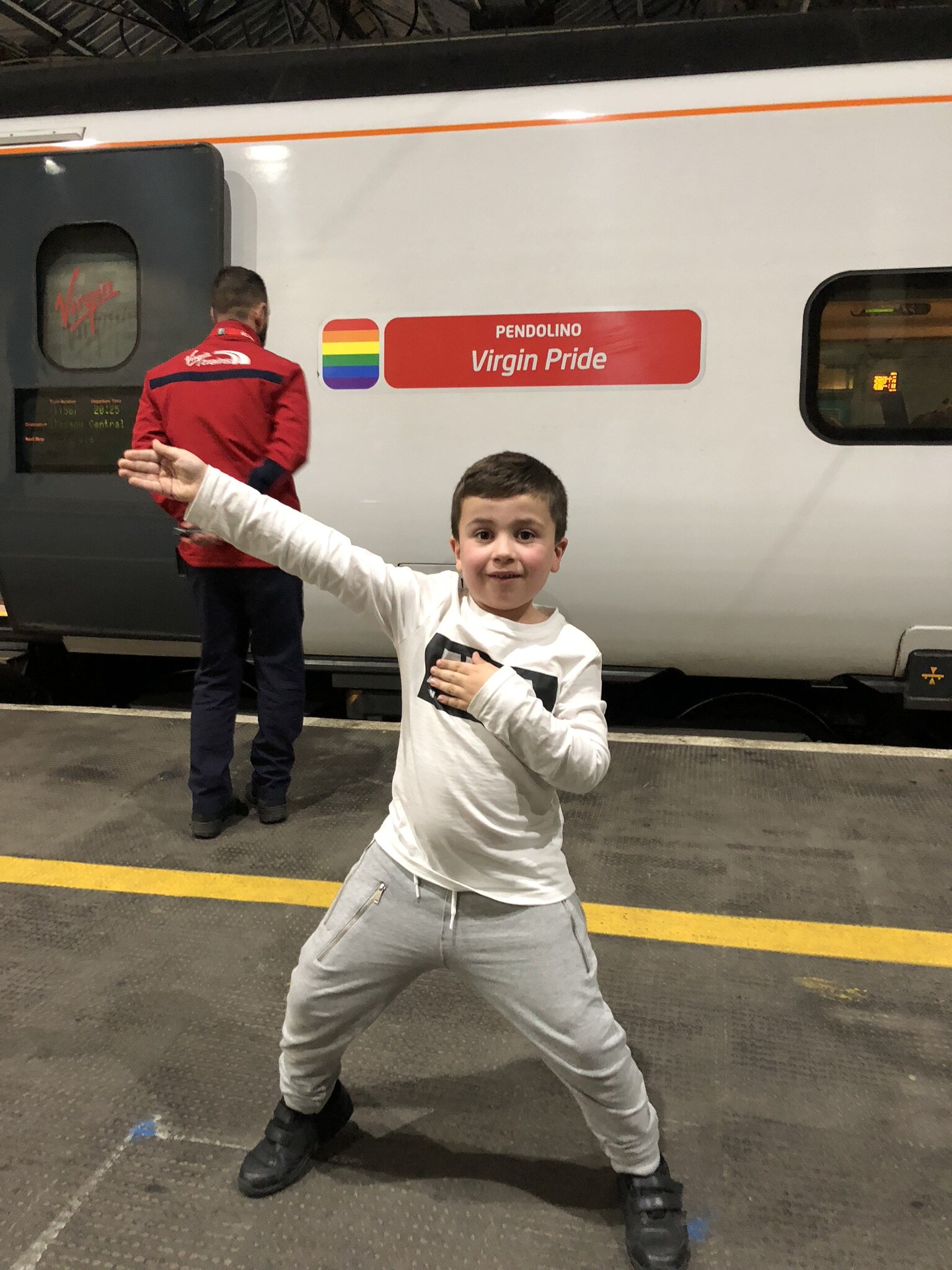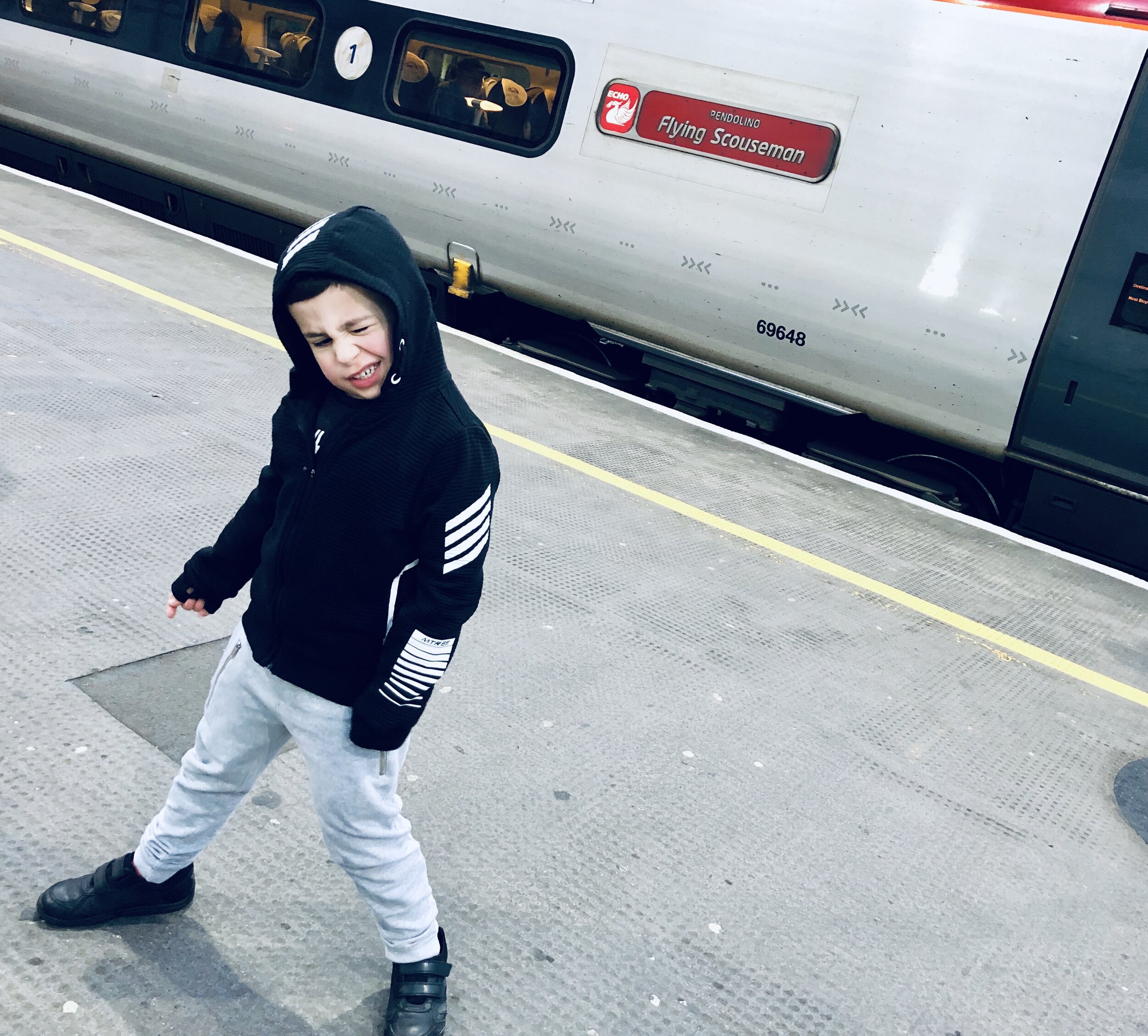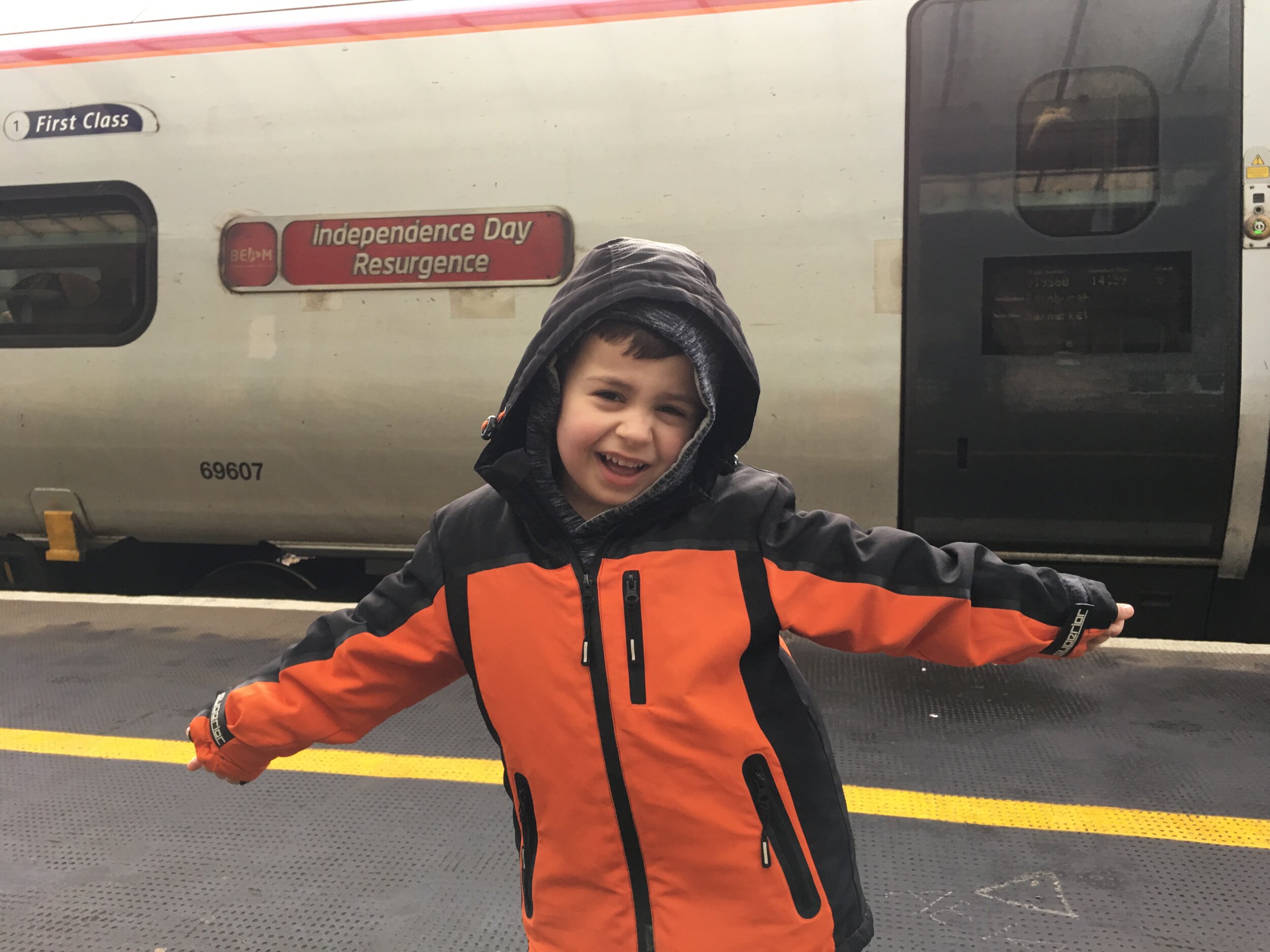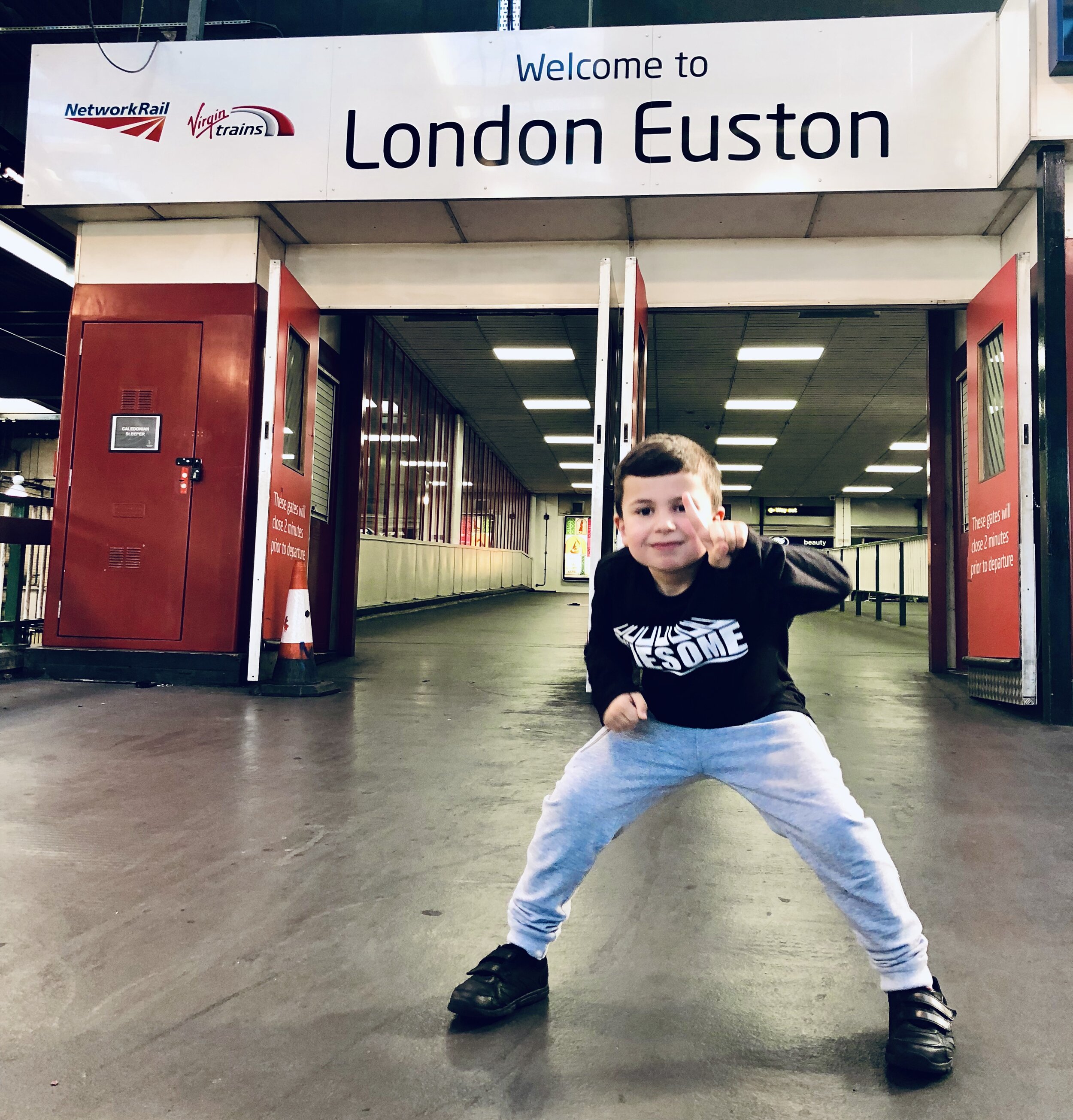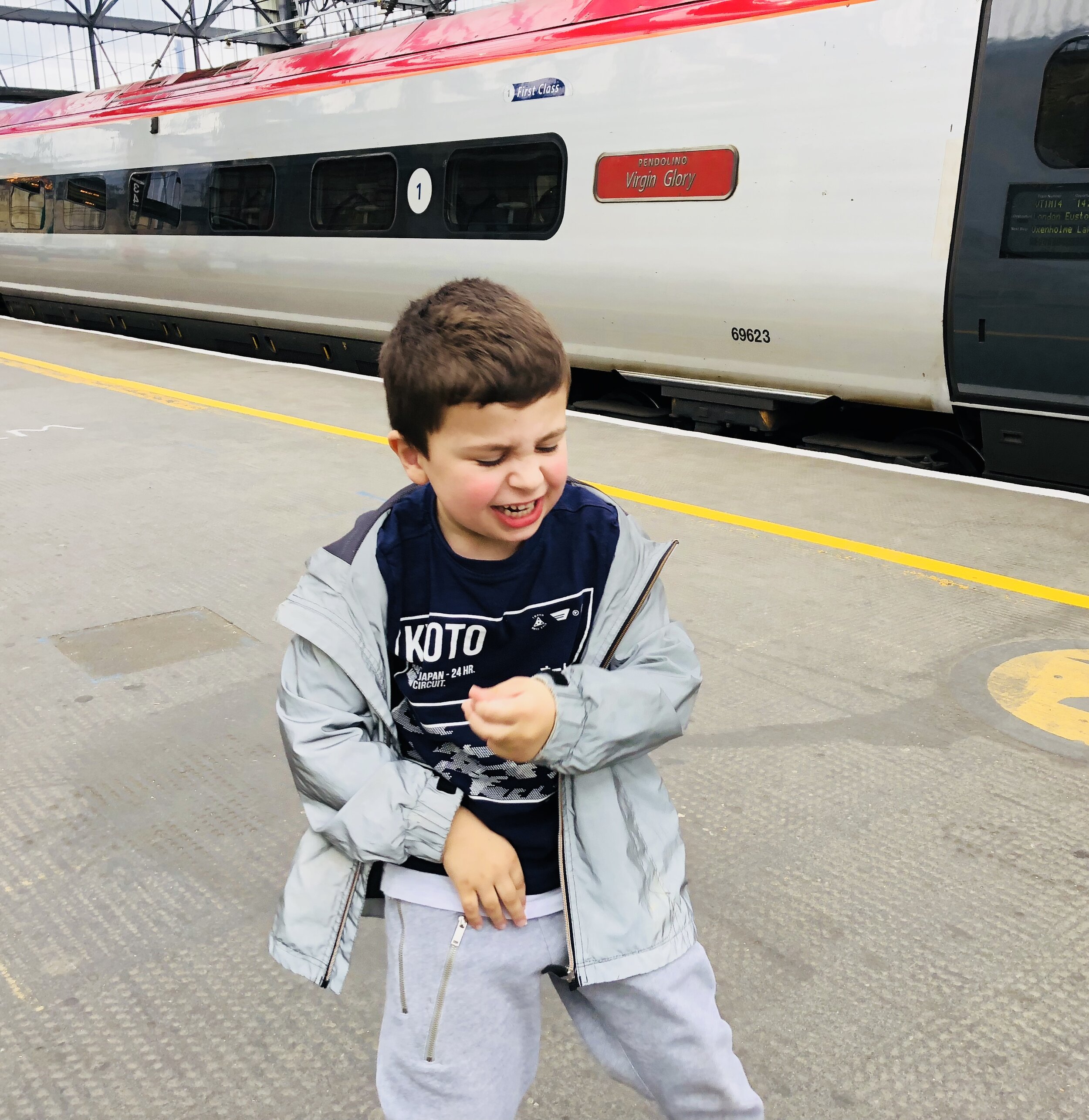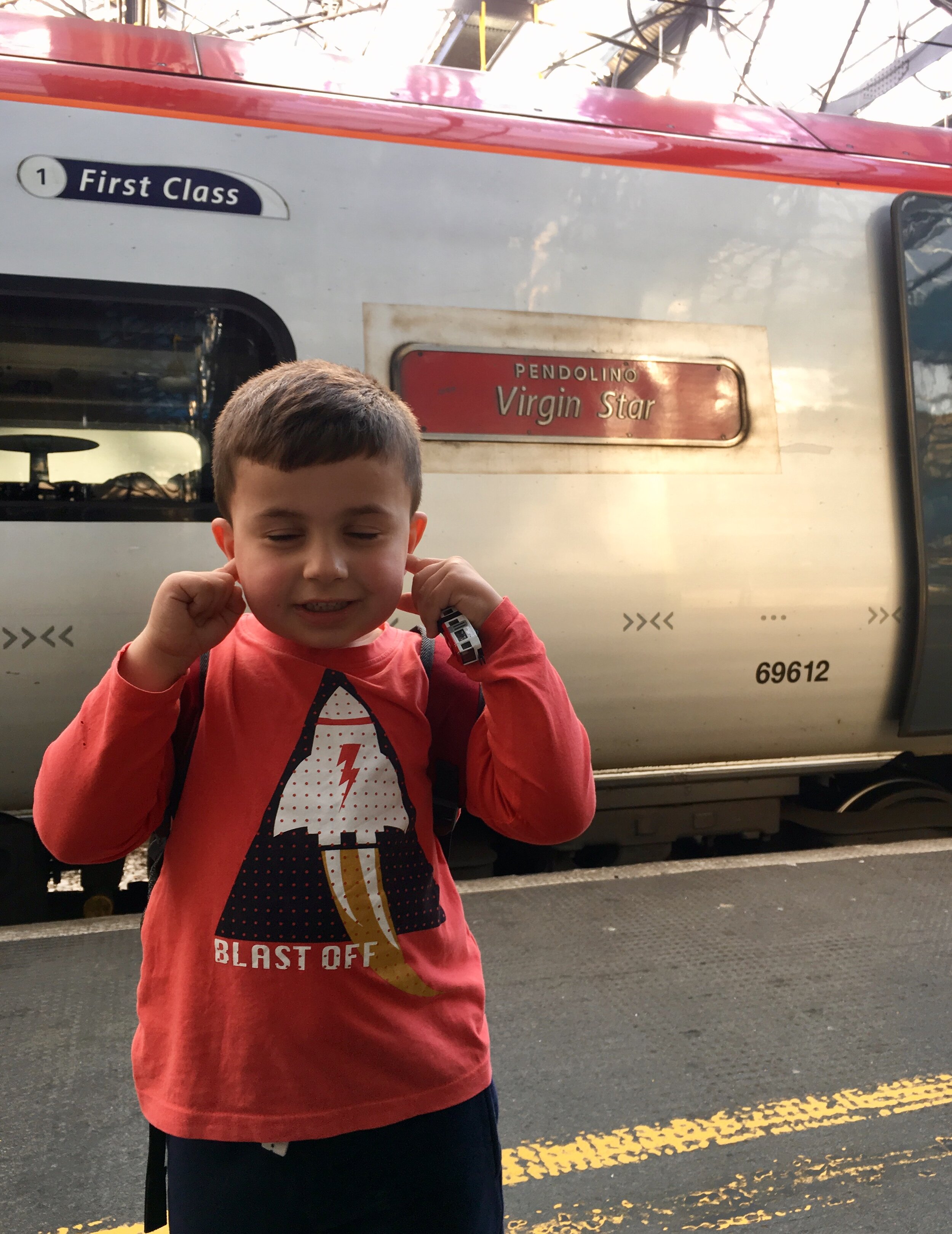The Best Way to Organise Lego | What Lego should I buy for my child?
/This is probably not the answer you expect, but here is my advice after years of dealing with lego-explosions in a playroom and the almost infinite capacity of my child to fascinate himself with lego creations. He started at age 4.
Totally depends on what type of builder your child is.
Some will thrive on freefrom building and eschew sets.
Others will love sets and making them, then never touch them (expensive hobby for a few hours' pleasure).
Others will enjoy sets and then destroy them and make all sorts of stuff and you'll wonder why you spent all that money (my son is the latter).
Just start small and see what type of joy they get from which modus operandi when introducing a child to lego.
However, I really would say, I have been burnt by trying to get cheap copies - quality is so variable that I regret it ever getting mixed with the real Lego. So, better to buy second hand lego, than new "lego compatible" IMHO.
Also, don't over taxonomise. Lego make 13,000 different pieces and thus there are nearly any infinite number of ways to organise. Again, see how your child builds and searches and take it from there. Lego builders recognise there is no perfect taxonomy. A lot of people instinctively start to sort/organise by colour, but actually that doesn't necessarily make great sense. Colour is generally easy to pick out in a mixed collection of pieces, so sorting by shape/size is much more helpful.
I over-sorted for my child and basically I did a ton of work sorting and he just ruined it all the time and was never bothered about looking for shapes at that age.
Our taxonomy now (and he appreciates it being organised like this, but it's still me that has to do it!)
- people and accessories
- any piece of size 1x2 or less (plates or blocks)
- decorative items (including smooth tiles)
- wheels
- pre-moulded shapes (e.g. fences, doors, walls, vehicle cabs)
- glass
- blocks
- plates
- special train parts (e.g. wheels, bogeys, magnetic couplings)
- engineering parts (anything with movement, clips, right angles, rotation etc)
Also, i recommend organising in phases. I used to do it as I picked stuff up, but it took ages. Now it all goes in a massive mixed drawer, then later it is sorted if there is time and inclination. Otherwise he just picks through the big drawer to find things.
Eventually I expect he'll start to organise in a way that suits him.
Finally - for storage, IKEA Trofast or other similar generic draw sets (we have some on wheels from Argos) are perfect.


